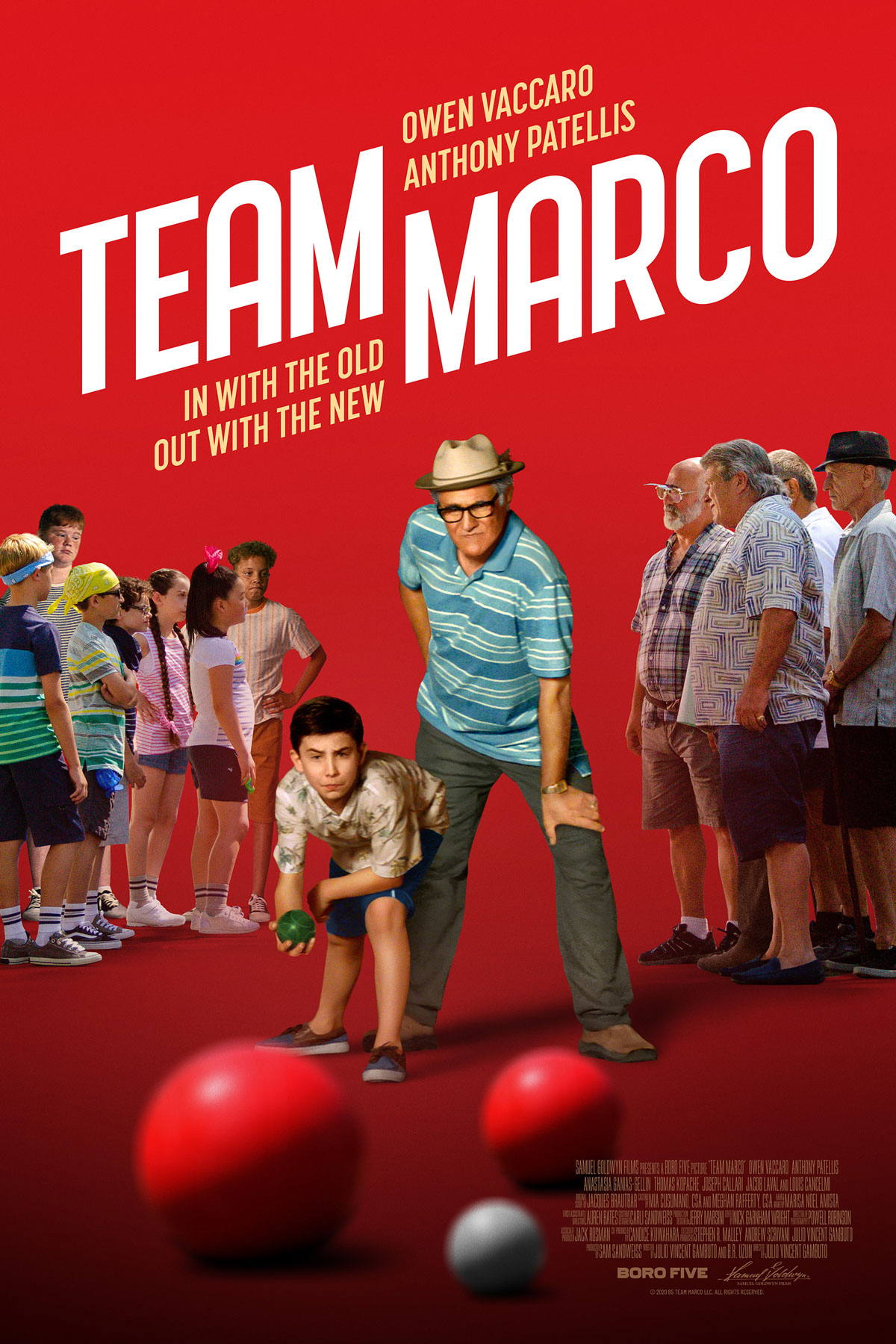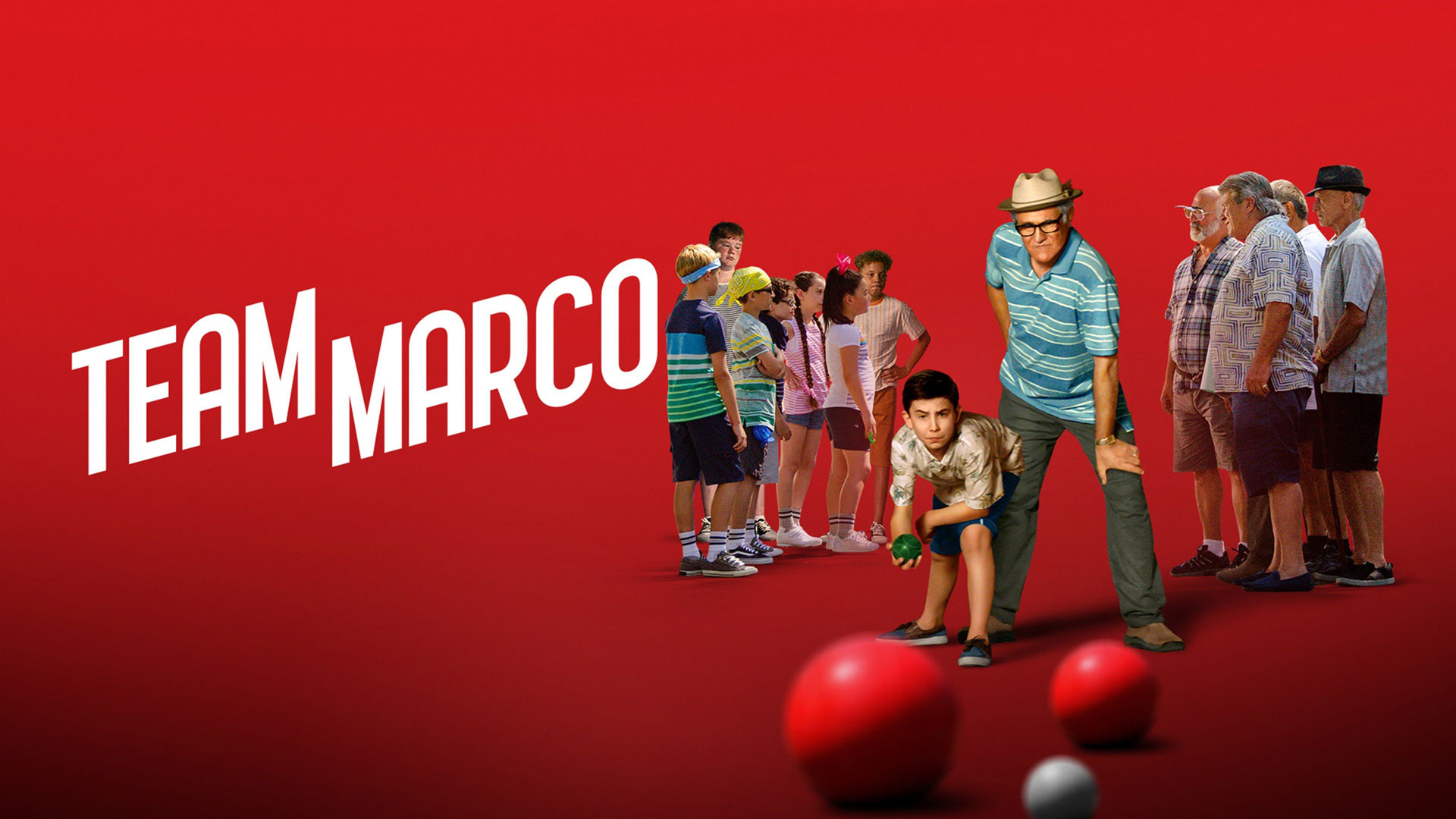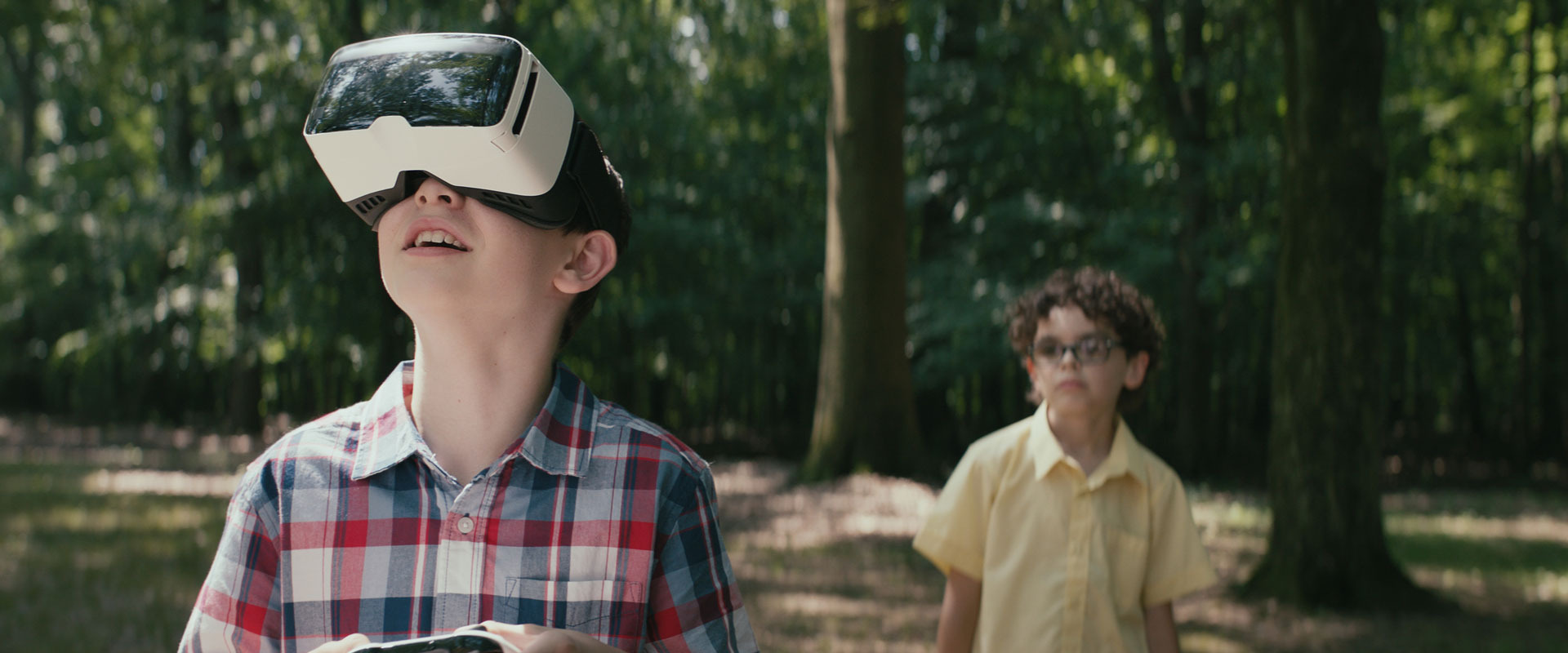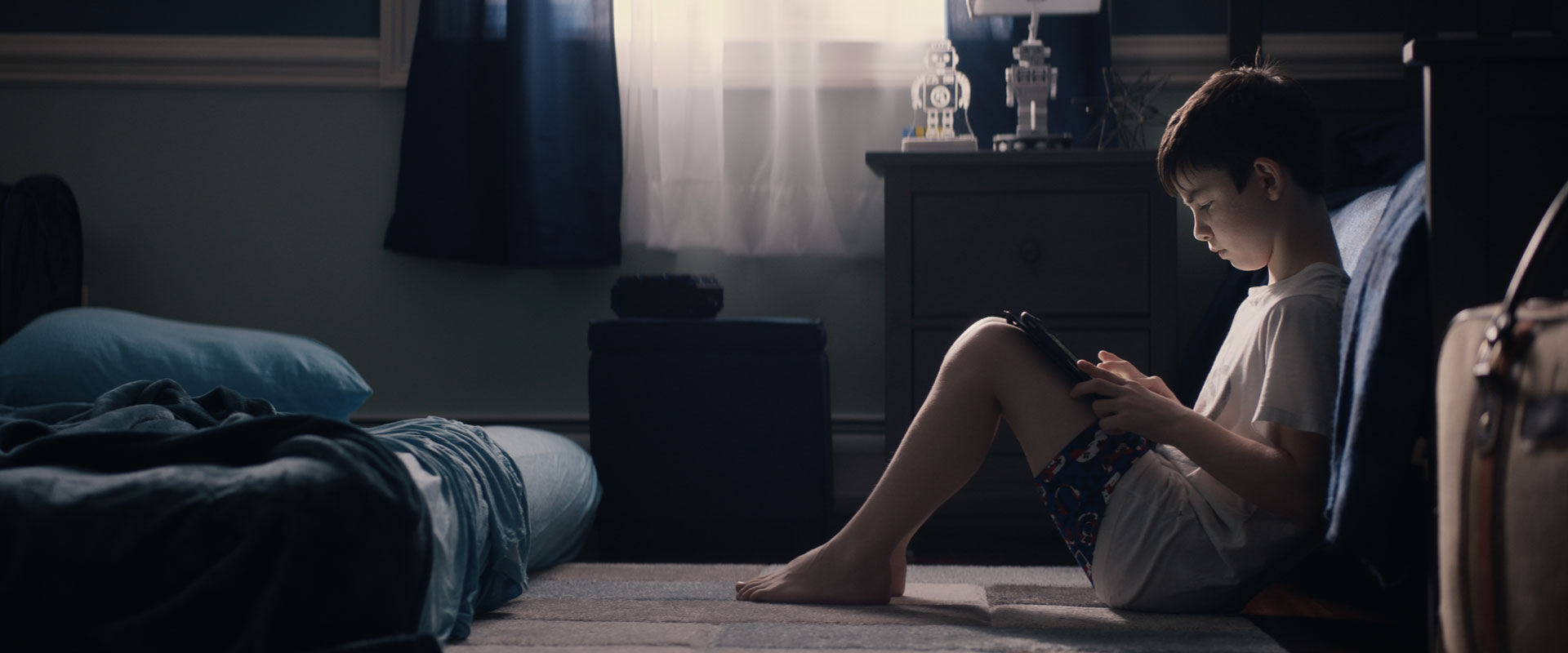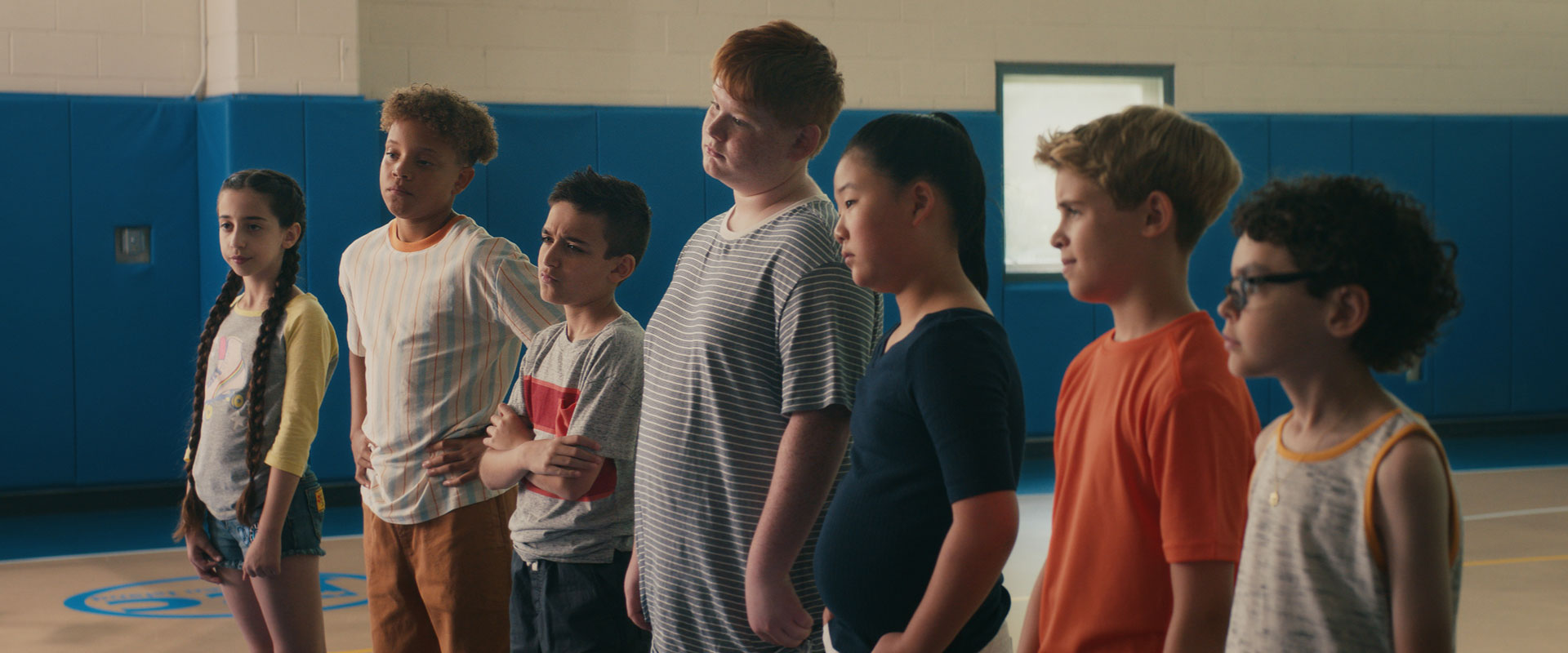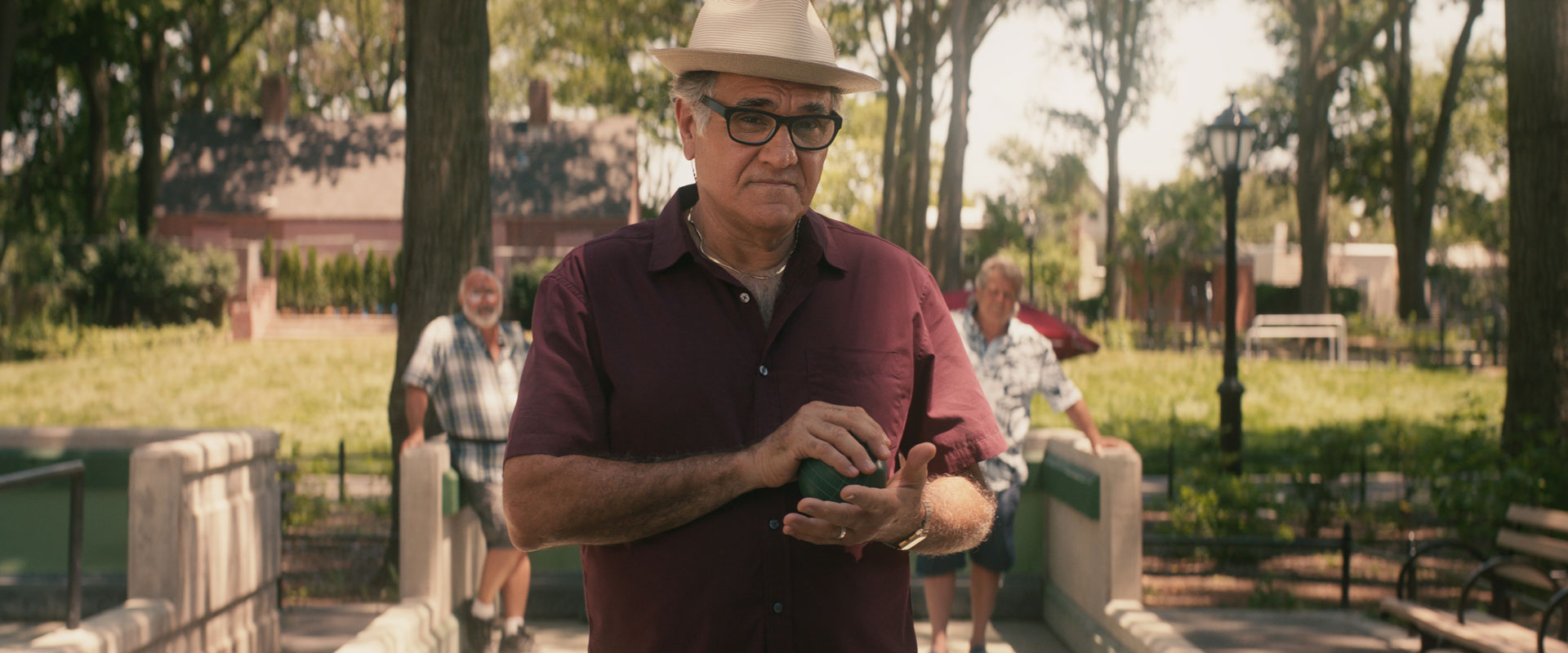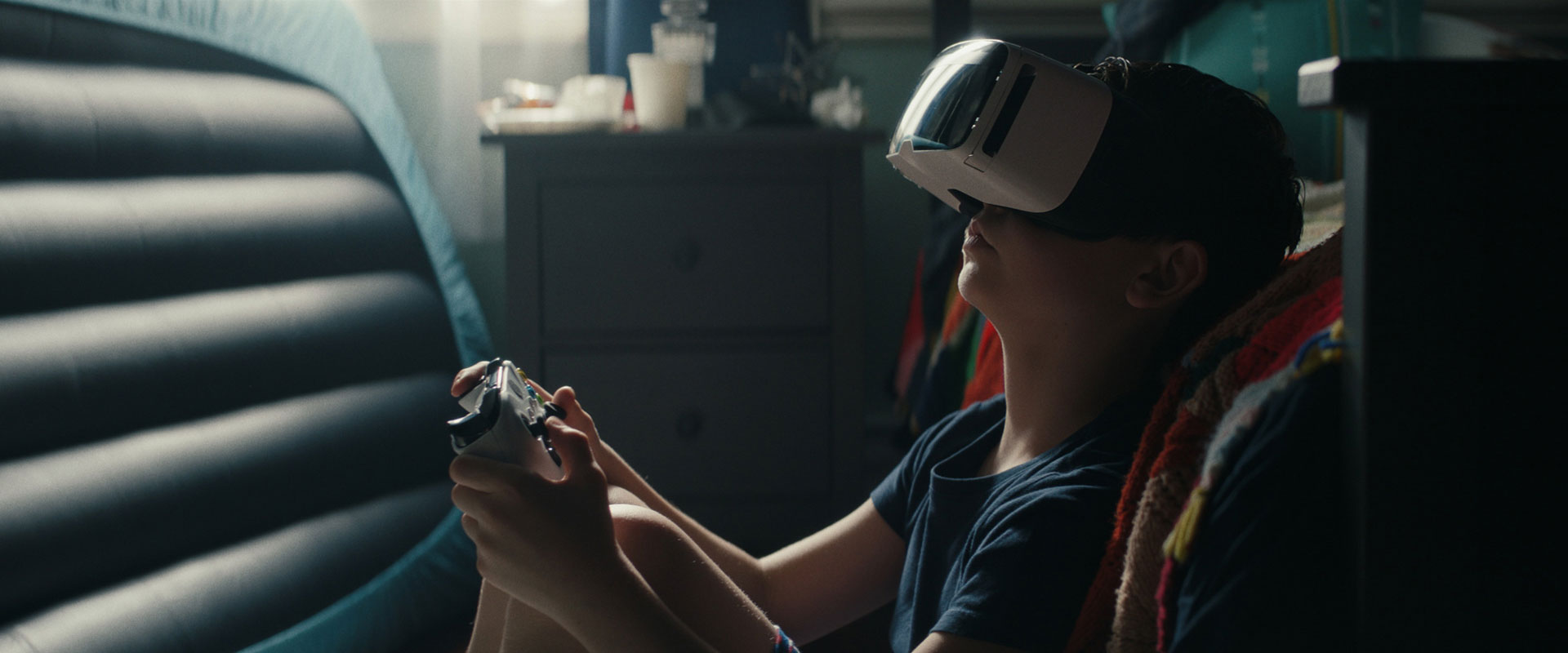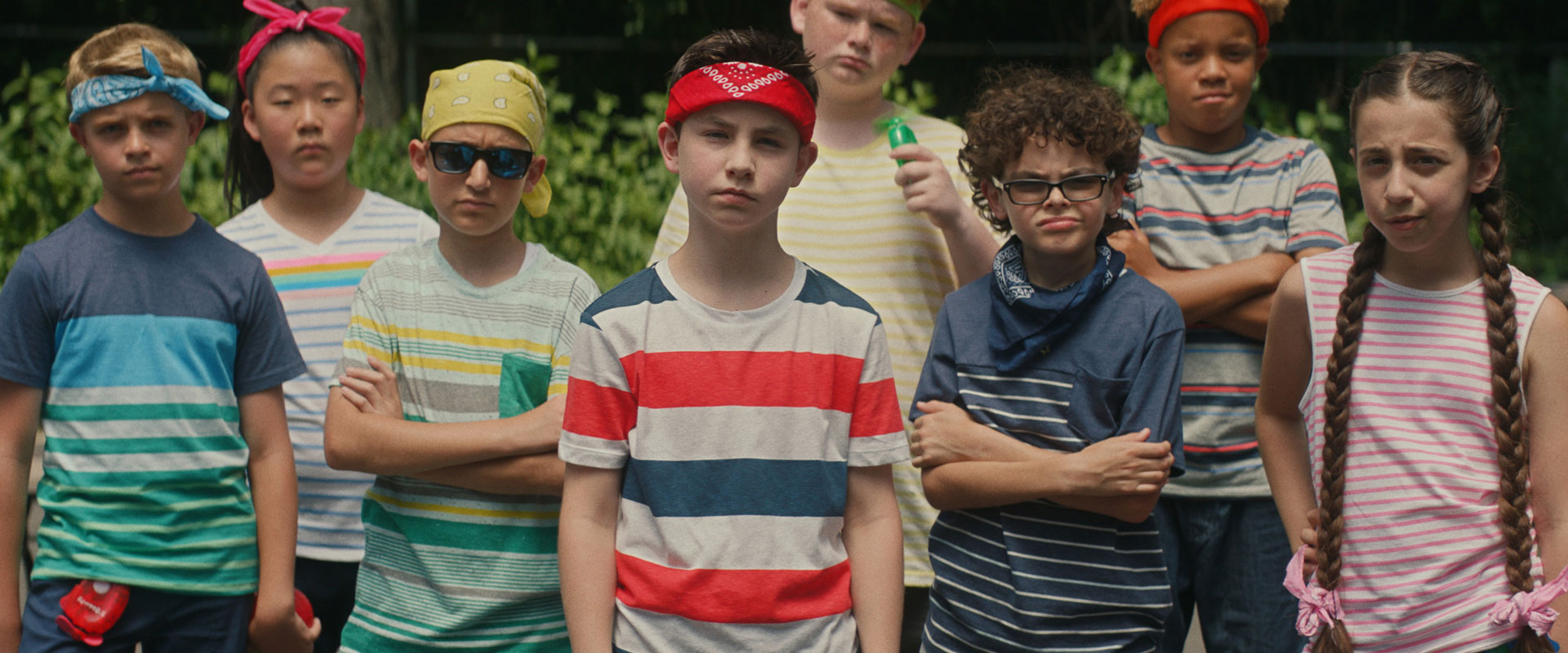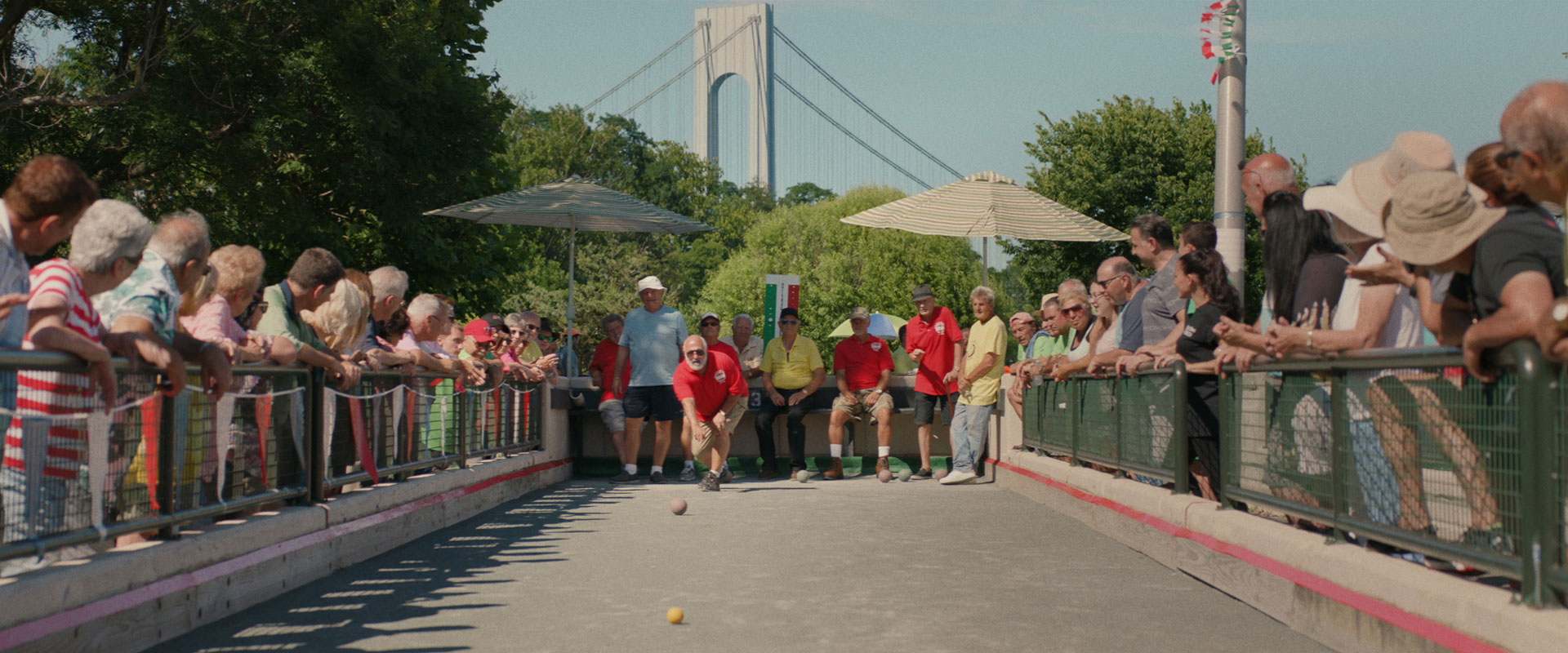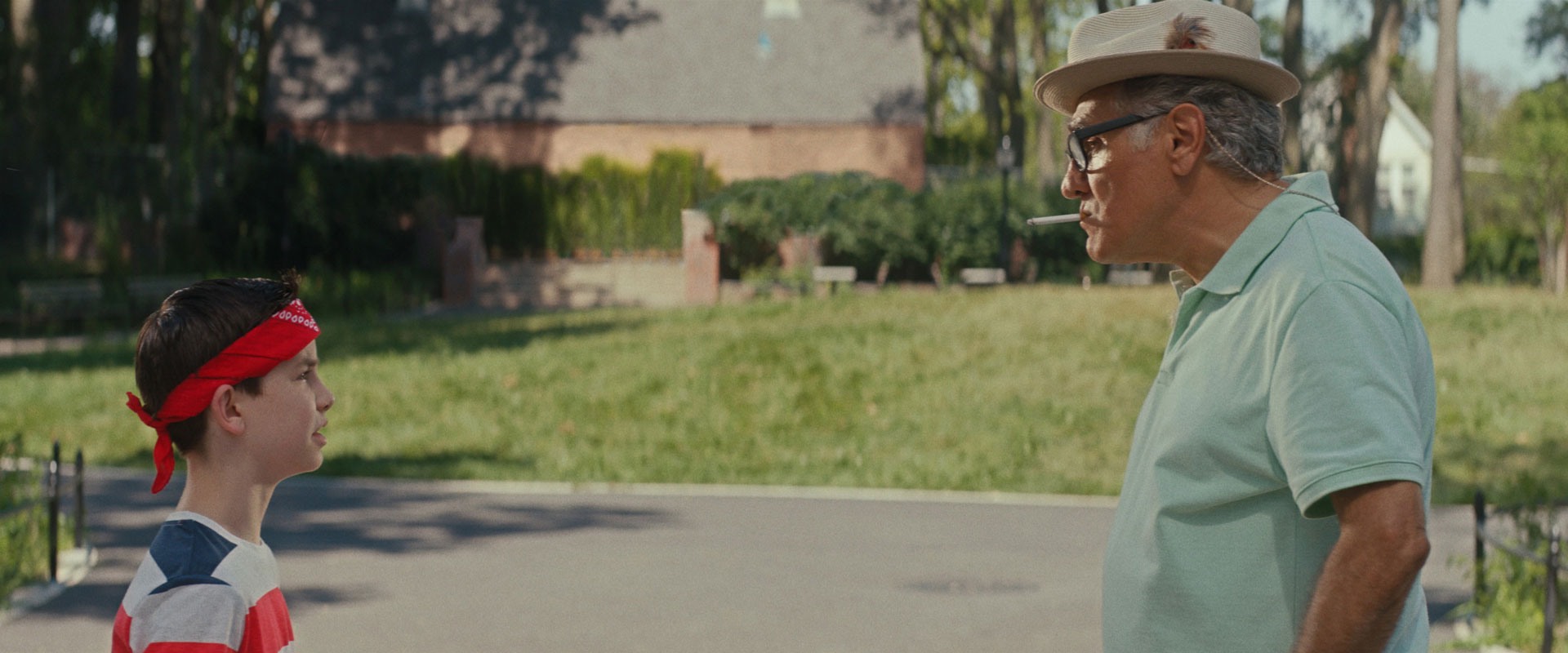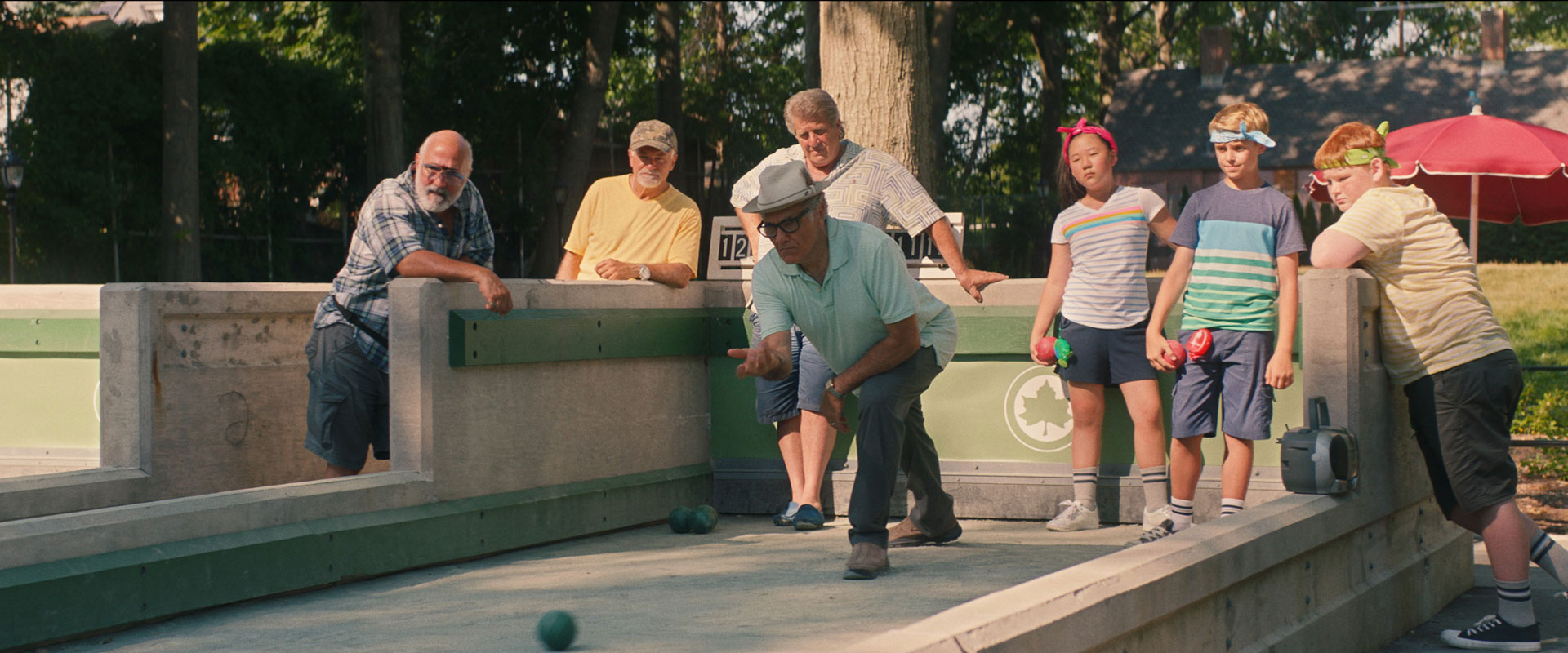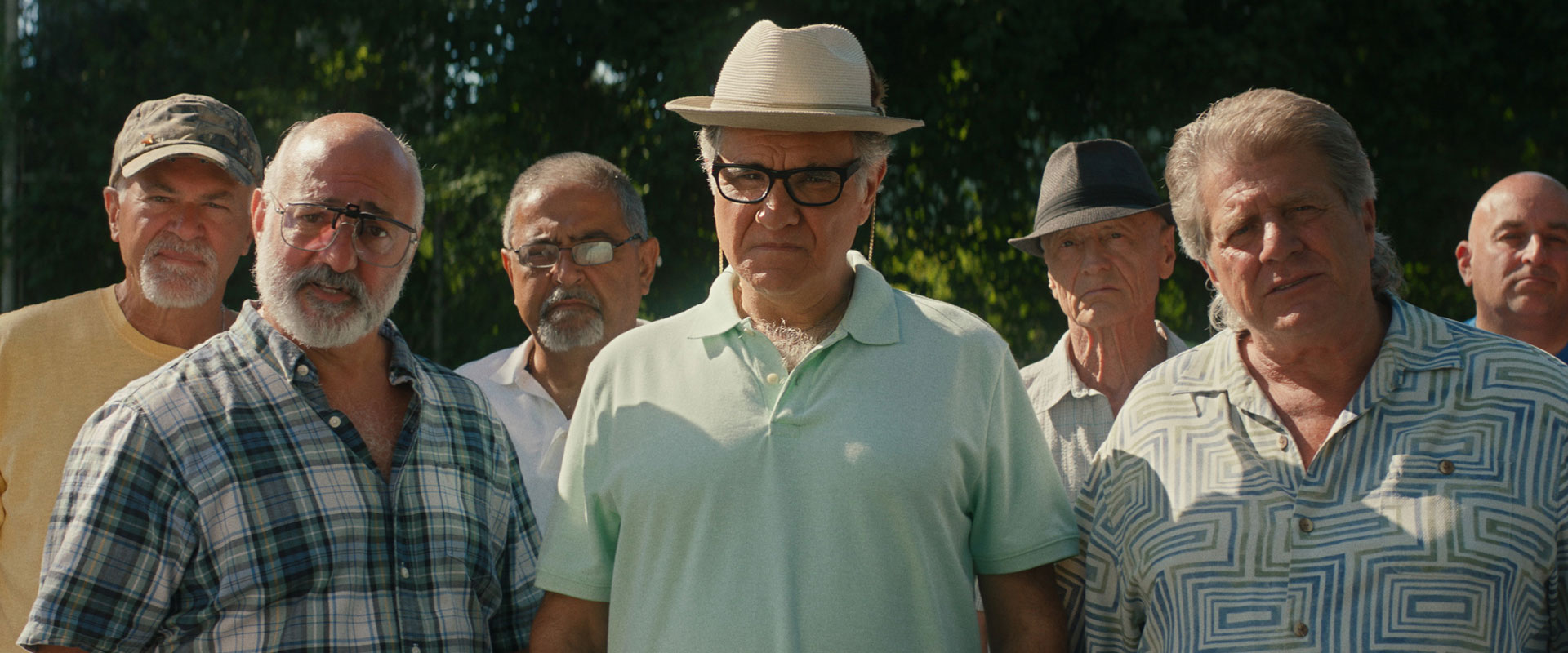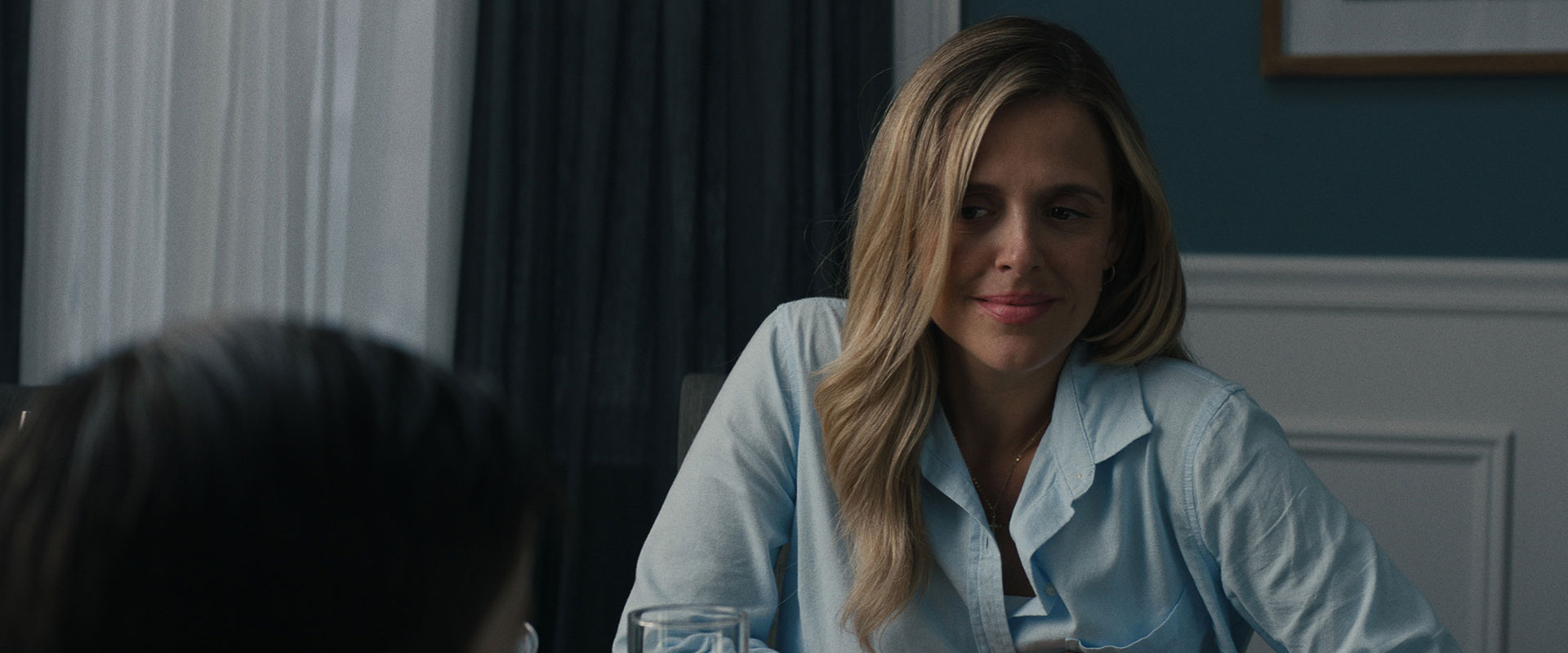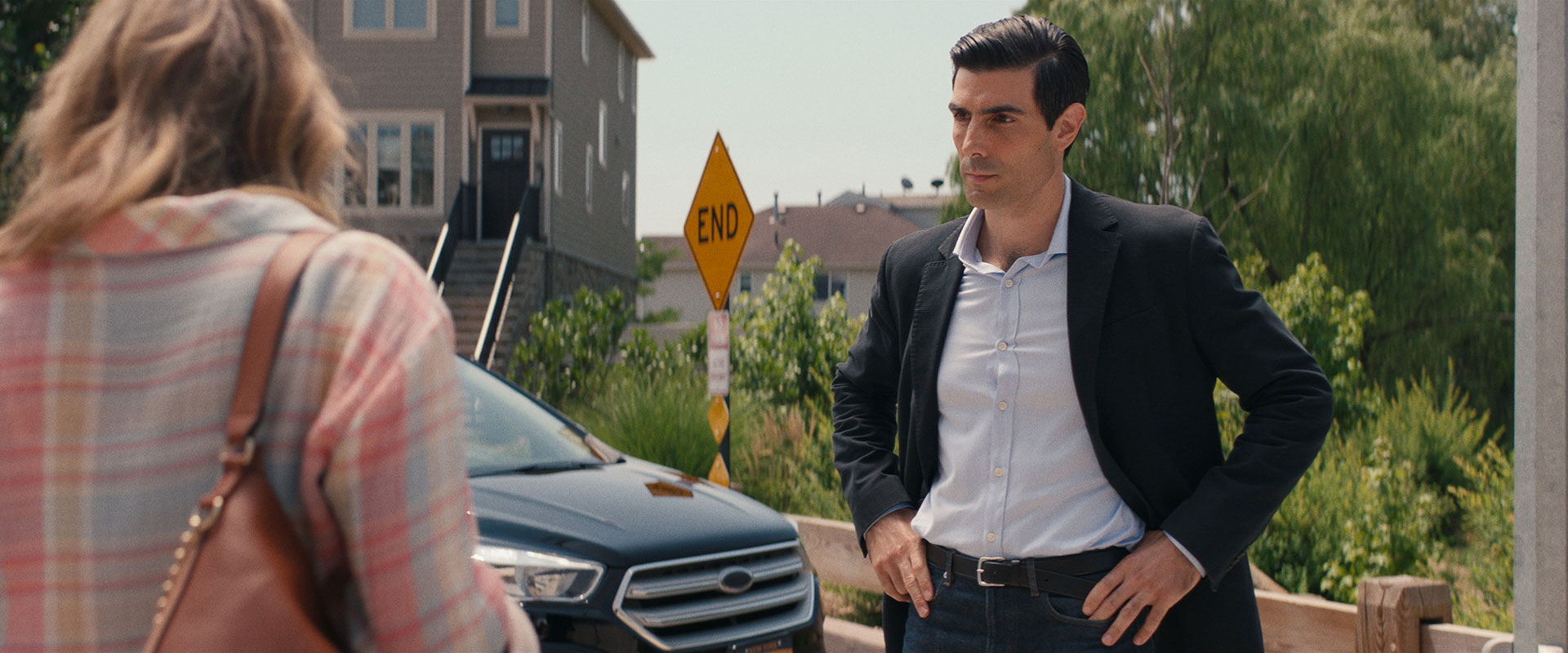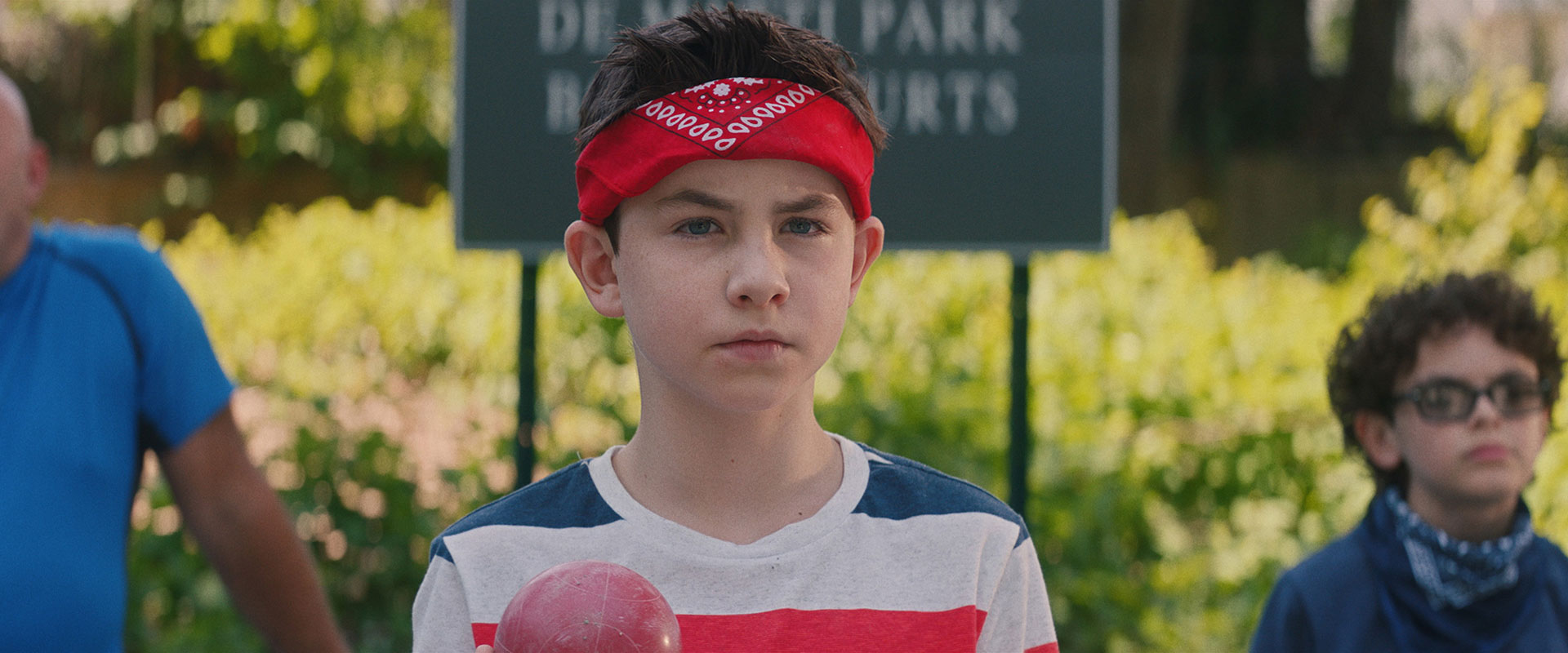
How Team Marco Played the Long Game for Success—Even Without A-List Cast
February 4, 2022
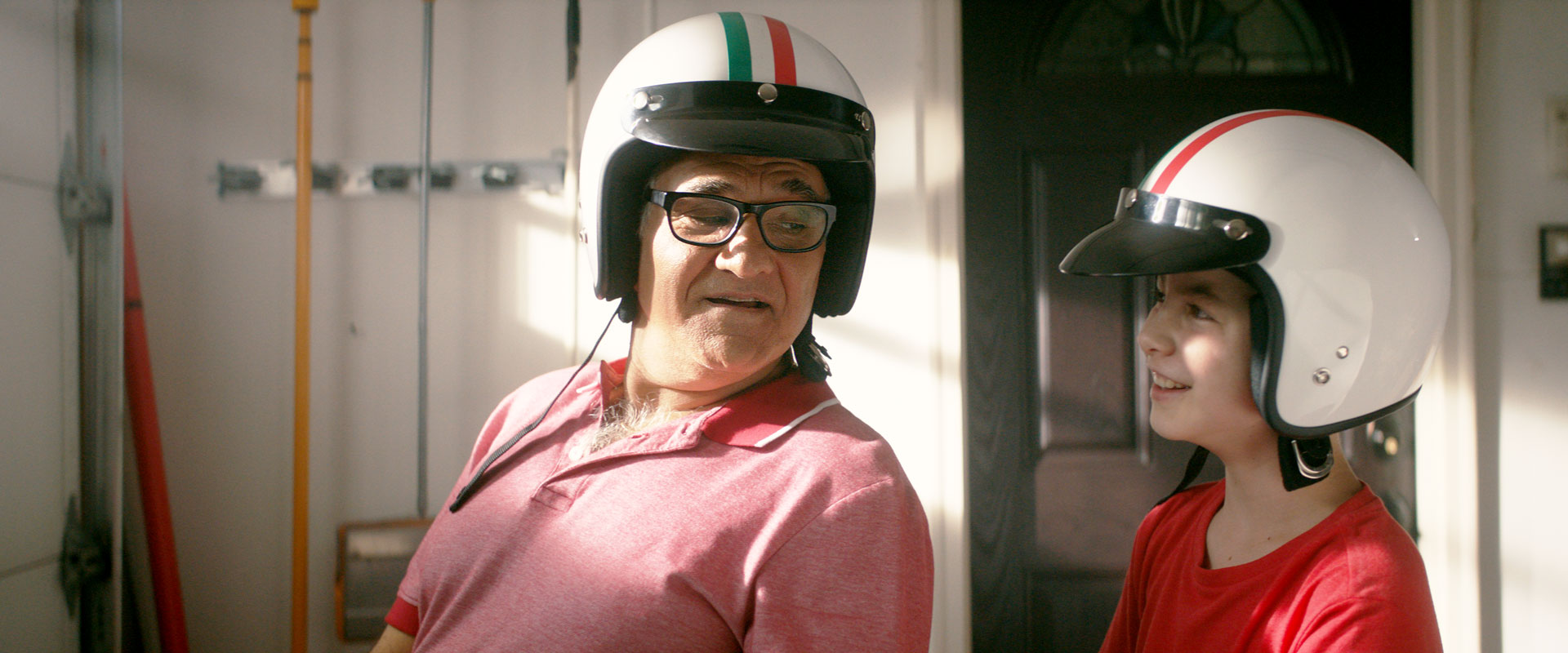
Sam Sandweiss is one of the producers of Team Marco.
The writer/director Julio Vincent Gambuto and I met in film school in 2014. Funnily enough, he was actually my TA in my senior thesis production class. We got along swimmingly and kept in touch after college. A few years later, Julio approached me with the idea and asked me to come produce for him. The story is based on a real moment in Julio’s life. He went to visit his young nephew “Marco” (yep, that’s his real name!) and was frustrated because Marco was too preoccupied with his iPad to stop and welcome Julio. When he pitched me the idea, I really fell in love with it. As a millennial who grew up watching the world transform from an analog to a digital space, I was excited by the opportunity to tell a great heartfelt story about technology and its intergenerational exchange.
Prior to Team Marco, I had produced two horror/thriller films, Head Count and 1BR. Although I love making thriller genre pieces, I was very excited to branch out and tell a different kind of story.
When I read the first draft of the script, I knew that Team Marco was going to be a big movie, production-wise. We raised a good chunk of money in the micro-budget indie space, but it was still going to be a big challenge to put together. While considering dozens of locations, cast, and variety of post-production heavy sequences, my primary goal as a producer was to make sure I could maximize our set-aside budget while telling the best story possible.
Financing the film
We started thinking about distribution from the very beginning. Julio and I tackled it from two different angles. The first angle, financing, was helmed by Julio. He was working on a larger film fund to ultimately write/direct 3 movies over the course of 3-5 years. With my advice, he created a series of profit projections for the films/slate based on the different sales options that would present themselves. We designed the slate in an efficient manner. Only one of the films had to be a critical success in order to fully pay back investors for the fund. This was by design as we knew investing in films — even on a good day — is a speculative proposition, so we did everything we could to ensure our investors got a return on their investment.
The second angle was leveraging my experience from prior films to prepare for what I think can be the most confusing and frustrating part of making a movie—starting with creating a true “all-in” budget. Many spend all their time, energy, and money on making the film, they forget about the hard costs associated with marketing and distributing a small indie film. Items like closed captioning, errors and omissions insurance, and even thinking about dubbing/localization for international sales and how that will affect creative costs on the film. It’s easy to say, “Oh the studio/streamer will buy it and pay for it,” but that’s usually very doubtful or outright false. You need think about all the costs it takes to sell a film and should always prepare for the worst-case outcome. No investor likes it when you come back asking for more money, so it’s best to plan for as many distribution scenarios as you can.
World Premiere
The film premiered at the Mill Valley Film Festival in the fall of 2019. It was distributed domestically in the fall of 2020. There was no real international festival premiere because of COVID, although it did play in many festivals internationally. The film will be released internationally in 2022.
World premieres are a very tricky and delicate process. Mill Valley was very enthusiastic about the movie, and we saw it as an opportunity to make a splash at the festival. We invited hundreds of people — about 100 flew in from the East Coast to join us. We wanted to make sure we were a strong presence at the festival.
We had two concrete goals for the premiere: (1) to create buzz online for the film, so that we could introduce it to people all over the country in advance of it being available online at some point, and (2) to create buzz back in Los Angeles among our team and our reps and network. Ultimately, the goal was to get it licensed by a distributor.
The experience was fantastic. The festival was very supportive of our team, as well as the film. They gave it top billing in their family section, and Julio and I got to tour around the San Francisco area speaking to schools and families.
We put our website up before the festival and began emailing out to our mailing list (6,000 contacts, developed by our director over the last 10-15 years of his creative career) and posting on social — all to invite people to the festival and to let them know that our festival run was kicking off. At Mill Valley, we hired a local PR team in San Francisco to get us press in the local San Francisco press. (We held off hiring a national PR team until the film was picked up and debuted on Amazon, Apple, Fandango, etc.)
Local press is a small and specific effort. We focused on filling our houses for our 9 screenings. (Mill Valley was very supportive—there were three official screenings, and then their education team was very enthusiastic about the film and made sure it was scheduled multiple times at special education screenings.) And we sold out every one of them. It was a joint effort between the PR team, the festival, and our team, who papered the city with postcards the week before and during the festival. All in all, the festival generated buzz online and back in Los Angeles. While we did not get a sale/distribution directly at the festival, the prestige of Mill Valley got us attention from a sales team in Los Angeles and ultimately from our distributor.
Sales Agent and Making a Distribution Deal
Selling Team Marco was an interesting process. We hosted screenings, and signed a sales agent to help us negotiate and work with the studios and streamers.
Because it was our first film, we would have liked it if we could have secured distribution at the premiere, but that didn’t happen. We had been working with our sales team in Los Angeles to get the word out and get screeners out, but we did not secure distribution in time for it to coincide with the festival premiere.
Our original goal was to sell the film to a studio or major streamer directly for worldwide rights. This is obviously a total best case, and very unlikely scenario, but we felt it was important to set our sights high as we had big goals for the film. After completing the film, Julio and I decided to engage with an international sales agent on a 3-month exclusive deal to start conversations with these major players. After 5 months, and no substantial progress, we mutually agreed with the sales agent to part ways and we went out to make our own deals.
This put us in a tricky situation, as this sales agent had already spoken to all the “major” players in the industry. Once we knew a worldwide deal was off the table, I focused on selling the domestic rights first. We spoke with many US distribution firms, and after much deliberation we ended up selling domestic rights to Samuel Goldwyn Films. They had distributed my previous film, Head Count, and I knew I could trust them to find as much opportunity for the film as possible. I had previously worked with Samuel Goldwyn on my first film Head Count. The short form deal was negotiated by me. TFC’s one and only Orly Ravid negotiated the long form.
Initially when making the film, we felt strongly that this was an American story, and therefore focused our attention on domestic sales. When we entered the festival circuit, however, we signed an international festival agent, and learned that the film performed really well overseas. Although we were quite confident in what we had created, this was a pleasant surprise to us. Our film festival agent, Renate Zylla, was an absolute rockstar. She got the film into dozens of film festivals around the world. It’s still screening, and it’s now the second half of 2021. From there, Renate was kind enough to introduce us to a distributor she had worked with frequently for international films similar to ours. Beta Film loved the movie and made us an offer to represent and distribute the film internationally.
Theatrical
It was our long-term dream to host a world premiere at the St. George Theater on Staten Island. This movie is a love letter to the borough, and we were very excited to celebrate that. Unfortunately, the pandemic prevented this plan and we had to work on a whole new plan to help get this film out in the world. We continue to reserve theatrical rights.
Educational
We partnered with the California Film Institute to distribute this film in an educational setting. The licensing website was put up this fall for educators and schools to buy a license to view. The California Film Institute created a curriculum guide for teachers, as well, that they can use to jump-start conversations about intergenerational relationships, technology use, and family traditions.
DVD/Blu-ray
We did not create or sell commercial DVDs/Blu-rays, but do use exhibition DVDs for specific screenings when requested.
Broadcast Television
No plans for this domestically, but our international distributor Beta Film has plans to run this on Broadcast in Europe.
SVOD (subscription VOD)
Samuel Goldwyn Films sold the SVOD rights to Hulu for our first window.
Transactional VOD
This was our primary release stream — on iTunes, Amazon, Vudu, and the like.
Speaking engagements and fees
Our director traveled to schools in the San Francisco area during the Mill Valley Film Festival. He continues to do speaking engagements via Zoom with bocce clubs, teaching groups, Italian-American organizations, and parent organizations.
Soundtrack
We released the original song that was in the film, independently via a digital music service. It is now available on Pandora, Spotify, and iTunes.
Merchandising
We opened a holiday pop-up shop for the movie that was open online during the Christmas season.
Takeaways
Out of all of my films, we had one of the best crews I’ve ever had on Team Marco. The team worked tirelessly to bring this film to life and I’m eternally grateful.
Julio is one of the kindest and most thoughtful directors I’ve ever had the pleasure to work with. Having a talented and decisive visionary is the best partner for making a film. I’d produce another one of his films in a heartbeat.
With every film you learn a lot of lessons both good and bad. We set out to produce a big movie, and we accomplished it, but it became clear not long into the process that we were stretching our available funds. The problem was the result of a classic “chicken and egg” situation filmmakers can run into when making a film. Thanks to Julio’s tireless efforts we had the good fortune of having a film fund and financing, with the plan of making three movies, ready to go. The mistake was that we fully fleshed out and wrote the scripts only after the fund was structured, and our financing was in place. Although I was involved in developing the script with Julio and advised him on what was theoretically and financially possible, I was ultimately tasked with reverse engineering the script into the budget. We diligently went through the exercise of reducing costs in pre-production, including limiting locations, characters, and fancy post-production sequences. We cut the speaking roles from 35+ to less than 20, we cut out locations, and cut extra video game sequences. Although this can work and does work, if the story you develop becomes incompatible with the budget you already set aside, it puts both your creative and logistical teams in a tough bind. From a production standpoint I think we were wildly successful with this compromise, but it would have been a lot easier to do it the other way around.
Our casting process could have been managed better. Coming from the horror/thriller space, I was very used to the cast being less of a contributing factor to the success of a film’s sales and distribution plan. I feel I made several key mistakes, including not giving casting enough time, locking in shoot dates without first locking cast, and not encouraging Julio to seek out star talent over choosing unknown actors. The end result of this is that it affected our ability to effectively sell and distribute the film with a guaranteed-up front profit. Now to be clear, nothing in life is guaranteed, especially in indie filmmaking, but when you’re outside the traditional studio system, having a strong known cast is one of the most important things to have. It can allow you to negotiate higher-paying and longer-term deals with the larger players directly. We ultimately were thrilled we got our film on Hulu through our distributor, but realized it was a much smaller deal in scale and scope than if we had been in a position to sell all rights to Hulu up front.
We did have trouble selling the film because of its lack of star power. It is a reality of the business that Julio and myself, admittedly, resisted, but it affected our sales and how wide a range the film was given.
The biggest few pieces of advice I can give is that money goes much faster than you think. Spend every dollar wisely. And make sure you have a solid contingency. There are expenses that will creep up that you did not budget for. Saving money is very important in an indie film, and you’re always looking for where you might find savings. We tried a couple of super crafty ideas on this film that ended up saving the production a lot of money, but they took up so much time that it might have been a net loss. One very creative thought we had was setting up a community partner program to allow local restaurants to donate food to the production in exchange for backend points on the film. Although this program was a success and we got the majority of our food donated, we ended up having to dedicate a whole production coordinator (our only coordinator) to focusing on working with vendors and managing the donations. Similarly, I leveraged favors with trusted Los Angeles-based crew members, but got heavily bogged down in the logistics and finances of traveling a lot of Los Angeles crew to New York City.
Lastly, I would say that it is important to know what parts of the process you find joy in and focus on those. Work with people who find joy in the parts you do not. It is just too hard of a task to make a feature to spend time not enjoying it. Making a feature film is like having a child. It’s a long-term commitment that you have to be 100% on board with or you will fail. It’s extremely important that you set those expectations with your core team early on.
TFC Takeaways
It is nice to see a “no-name-cast” narrative find modest success in the way Team Marco has. Perhaps crowdpleasing films for family audiences have a slightly easier time achieving success compared to adult fare like dark comedies that TFC has worked with in the past, but these filmmakers made a lot of smart choices here. For one, they budgeted for distribution right from outset. They built and then utilized the director’s contact list to get the word out. They maintained a targeted PR strategy—they went local for the premiere and broadened out for the release. Sam also reminded us of the importance of having a good team with similar goals for the film. He also had some good advice when thinking about A-list talent for indie narratives, and what that means down the road for negotiating distribution deals.
TL;DR
With Team Marco, a narrative feature about a tech-obsessed pre-teen and his old-school grandfather who form an unlikely friendship when they ditch the electronics and take up bocce with a team of colorful local Staten Island players, producer Sam Sandwiss discusses how he helped his director envision the project as part of a slate of 3 movies to be made over the course of 3-5 years, while also drawing on an existing mailing list to drum up buzz and support for his festival premiere and previous distribution connections to secure a domestic sale. The film premiered at Mill Valley in the fall of 2019, but they didn’t make a sale from the buzz off of their festival premiere, and parted ways with their sales agent five months after the premiere. They then did a domestic deal with Samuel Goldwyn Films, whom the producer had worked with on a previous film. Although a real international premiere was thwarted by the pandemic, they signed with an international film festival agent, and discovered that their film was also popular overseas. It is scheduled to be released internationally on digital later this year (2022). They also partnered with the California Film Insitute to do educational distribution, and created a curriculum to discuss intergenerational relationships, technology use, and family traditions. Their Holiday pop-up shop was also really cool!
